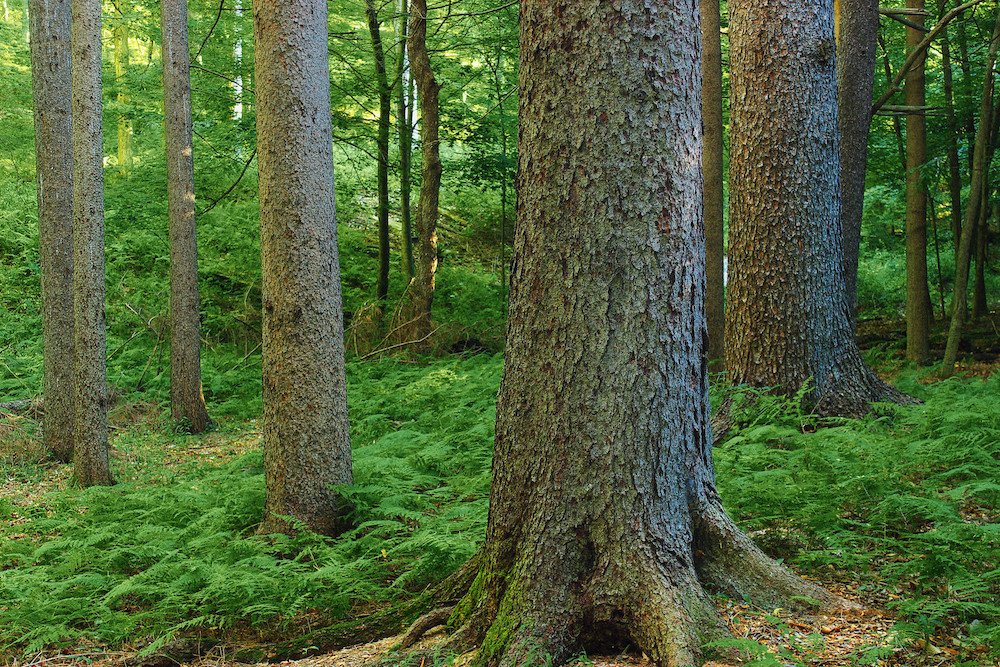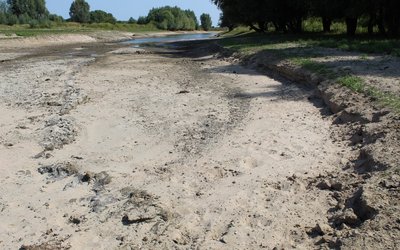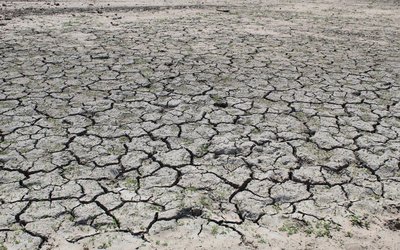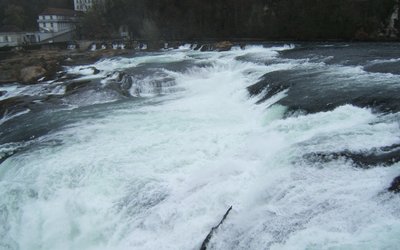Europe’s forests are still suffering from the 2014 - 2018 multi-year drought
May 2, 2021

Photo: Nicholas A. Tonelli, www.flickr.com
Worst drought in 253 years
The period 2014 - 2018 was a dry period in large parts of Europe, the worst multi-year soil moisture drought during the last 253 years (1766 - 2018) in especially Central Europe. Ecosystems like forests can sustain single-year droughts. The repeated stress exposure of multi-year droughts, however, may lead to severe damage.
The multi-year drought of 2014 - 2018 was especially a drought of the soil. It was not due to precipitation deficits but due to high temperatures that increased evaporation of soil moisture. The soil moisture drought severity followed the same spatial pattern as that of the temperature anomalies. The multi-year drought in particular affected Germany, the Czech Republic, Slovakia, the Baltic countries and Sweden.
Large damage to agriculture
The estimated damage to agriculture was large: around three billion Euros in Germany, and hundreds of millions in other countries. Data for the Czech Republic illustrate an increase of the damage from year to year: the first drought of 2015 led to reported 104 million Euro damage, which rose to over 300 million Euro in 2017 and one billion Euro in 2018.
Heavy impacts on forests
Most of the damage to forests may not appear right away but in the years following the drought. Scientists call this a ‘drought-legacy effect’, and link the current large-scale collapse of the conifer plantations across Central Europe to this effect. The multi-year 2014 - 2018 drought has already damaged forests in Central Europe in the last years. Especially the monoculture forest plantations are vulnerable to persisting droughts. Intensification of forest management over the last 150 years has caused a transformation of the natural forests into a homogeneous plantation of commercial conifer trees, vulnerable to weather extremes.
Conifer trees such as Norway spruce are among the most heavily impacted forests. An unprecedented outbreak of European spruce bark beetle has affected millions of hectares of forests stands in several countries. According to conservative estimates, till the end of 2019 close to 200 million of m3of wood was damaged and lost. In the Czech Republic, for instance, there is an evident sharp increase of the salvage logging since 2016 caused by the onset of the bark beetle outbreak triggered by drought. Mainly spruce and pine plantations across the whole country were affected. In 2018 and 2019, the proportion of the salvage logging on the total cuttings was over 90%. The prediction for 2020 is similar.
There is no historical parallel for such a collapse of the spruce and pine monocultures in Central Europe in the modern forest history. The outbreak caused a huge economic loss for forest owners and in many regions resulted in the collapse of forest management because of the rapid decline of the price of timber. Besides, these outbreaks also have a negative impact on the ecosystem services (water, soil and carbon storage) and further contribute to climate change.
Source: Moravec et al., 2021. Environmental Research Letters 16.








